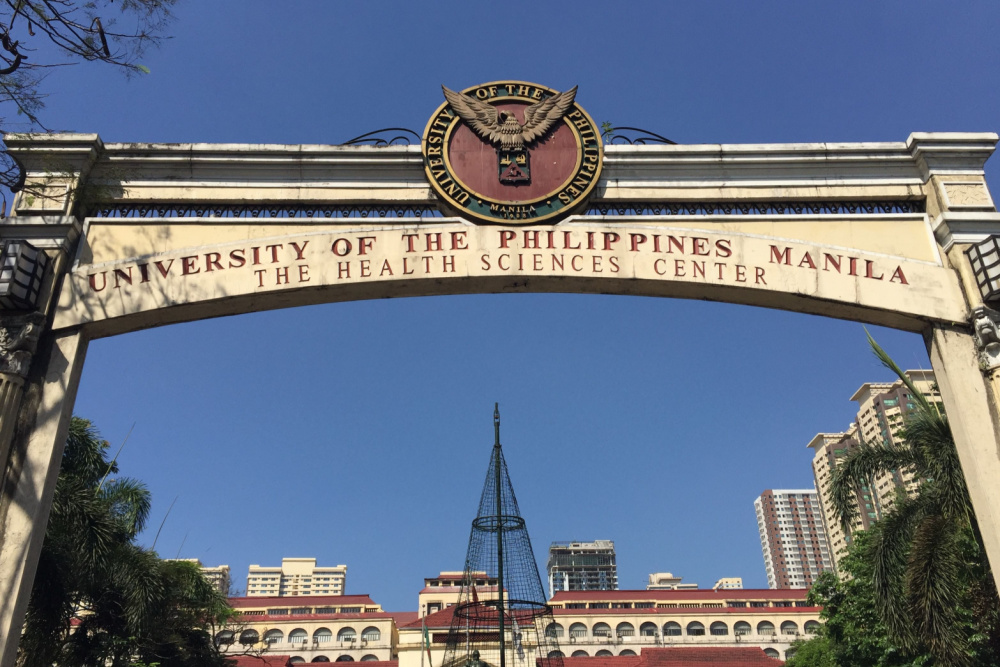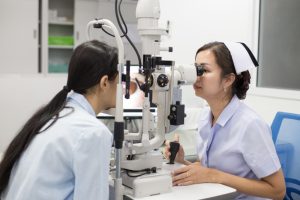President Marcos has recently inked the approval of measures establishing college of medicine programs in four state universities and colleges (SUCs) across the archipelago.
This strategic move not only addresses the longstanding gap in medical education. It also symbolises a commitment to empowering local communities with the means to cultivate a new generation of healthcare professionals. The establishment of new colleges of medicine is poised to contribute substantially to the enhancement of healthcare practices in the country.
Closing the Gap
The motivation behind these legislative strides is rooted in the recognition of a persisting gap in medical education. This is most felt in regions like the Cordilleras. Representative Eric Go Yap, championing House Bill 312, sheds light on the predicament faced by aspiring medical professionals in the Cordillera region. There are no medical schools at BSU, the main university in the region. These acts now allow local residents to pursue medical education and training without needing to relocate to urban centres.
Legislative Initiatives and Authors
Each Republic Act, meticulously crafted to address the unique needs of the respective regions, stands as a testament to the collaborative efforts of legislators committed to enhancing educational opportunities and bolstering healthcare capabilities. House Bill 312 was authored by Yap. It paved the way for the establishment of the College of Medicine program at BSU. Republic Acts 11972 and 11974, focusing on the SUCs in Northern Samar and Leyte, respectively, were authored by Representative Raul Daza and Representative Carl Nicolas Cari. The Senate version, spearheaded by Senator Chiz Escudero, emphasises the integral role these initiatives play in fortifying the local health industry by producing more doctors in different regions.
Addressing Regional Disparities
An alarming report released by the Association of Philippine Medical Colleges in June 2021 underscored the limited presence of medical colleges in the Cordillera region, with only two out of 58 located there. A recent legislative initiative, recognising the urgency to address educational gaps, aims to rectify disparities in medical education. This forward-thinking legislation ensures aspiring medical professionals in the Cordillera region overcome geographical limitations. By strategically placing a focus on establishing and expanding medical educational institutions in these underserved areas, the new law aims to empower local communities and provide equitable access to quality education.
Local Leaders Express Gratitude
The resonance of Republic Act 11972 is echoed in the sentiments of Northern Samar Governor Edwin Ongchuan, who expressed profound gratitude for President Marcos’ visionary move, recognising its transformative potential in the province’s healthcare landscape. Representative Carl Nicolas Cari, in acknowledging the significance of Republic Act 11974, exudes optimism, stating that the law will provide VSU with the opportunity to nurture and produce excellent doctors and medical professionals in the future. The officials of VSU extend their gratitude to university president Edgardo Tulin for his instrumental role in laying the groundwork for this groundbreaking initiative.
Conclusion
In conclusion, the establishment of college of medicine programs in these state universities and colleges signifies a proactive approach to addressing regional disparities in medical education. Therefore, President Marcos’ signing of Republic Acts 11970, 11971, 11972, and 11974 marks a transformative step forward, providing accessible and quality medical education to aspiring healthcare professionals in historically underserved regions. This legislative effort not only fulfils a crucial educational need but also contributes significantly to strengthening the local health industry by producing more doctors across different regions in the Philippines. It is a beacon of hope for aspiring medical professionals and a testament to the government’s commitment to fostering a robust and inclusive healthcare infrastructure across the nation.













